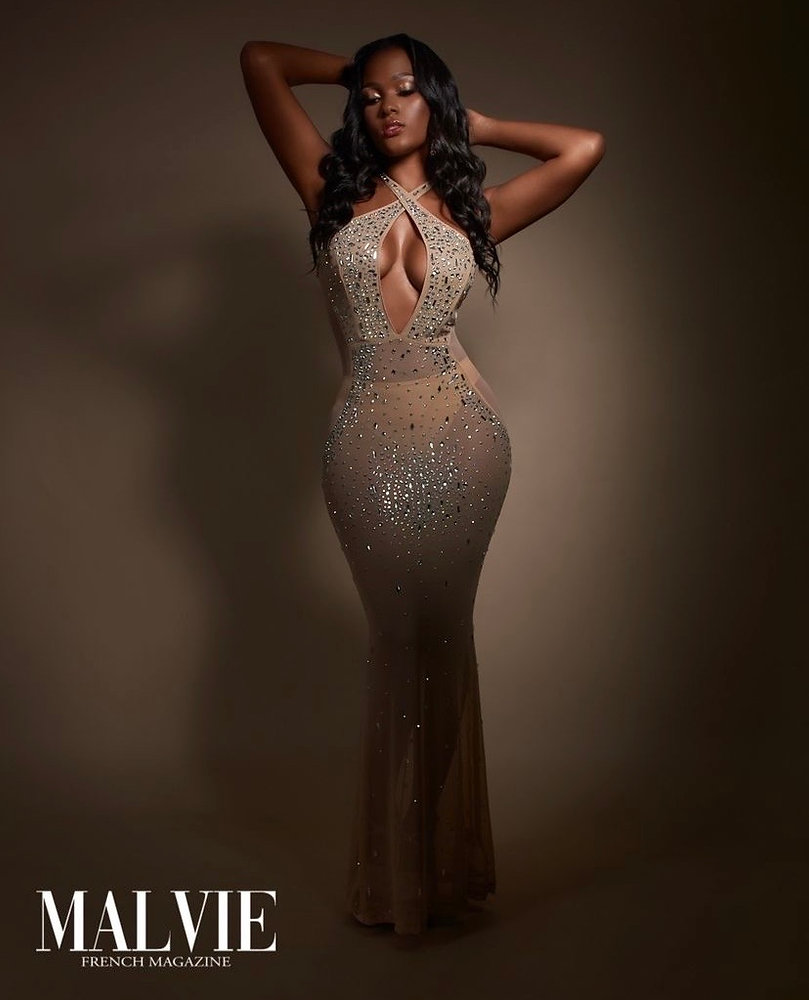Throughout history, women’s fashion has been a dynamic reflection of societal norms and evolving cultural values. One recurring theme is the presence of clothing choices that emphasize certain body parts, often categorized as “revealing.” These styles, ranging from daring mini-skirts to form-fitting dresses, have sparked ongoing debates about modesty, empowerment, and the complex relationship between women’s attire and societal perceptions. This article delves into the fascinating world of revealing fashion trends, exploring their historical context, cultural influences, and the multifaceted impact they have on individual expression and societal norms.
This exploration will encompass various aspects of revealing fashion, examining its evolution through different eras, analyzing how societal shifts have influenced women’s clothing choices, and discussing the diverse perspectives surrounding modesty and empowerment in relation to attire. We will also delve into the role of cultural perceptions and individual expression in shaping the meaning and significance of revealing styles.
Revealing Fashion Trends
Throughout history, fashion has constantly evolved, with periods of greater or lesser emphasis on revealing garments. The 1920s flapper era saw a dramatic shift towards shorter hemlines and looser silhouettes, liberating women from restrictive corsets and embracing a sense of youthful rebellion. The 1960s brought the miniskirt revolution, further challenging traditional notions of modesty and paving the way for greater freedom of expression in women’s clothing.
In recent decades, revealing fashion has continued to evolve, with trends like crop tops, bodycon dresses, and cutouts becoming increasingly popular. These styles often prioritize showcasing curves and highlighting specific body parts, reflecting a growing emphasis on female sensuality and confidence. The rise of social media has also played a significant role in shaping contemporary revealing fashion trends, with influencers and celebrities often setting the tone for what is considered fashionable and desirable.
Societal Shifts in Women’s Clothing
The evolution of women’s clothing choices is intricately linked to broader societal shifts. The feminist movement of the 20th century played a pivotal role in challenging traditional gender roles and advocating for greater equality between men and women. This shift in social consciousness led to a gradual acceptance of more revealing attire as a symbol of female empowerment and liberation from restrictive norms.
Furthermore, advancements in technology and changing economic landscapes have also influenced women’s fashion choices. The rise of the working woman has created a demand for clothing that is both stylish and practical, leading to the development of more versatile and functional garments. The increasing globalization of culture has also exposed women to diverse fashion trends from around the world, further expanding the range of styles considered acceptable and desirable.
Modesty and Empowerment
The relationship between modesty and empowerment in relation to women’s attire is complex and multifaceted. While some argue that revealing clothing can be a form of self-expression and confidence, others believe it objectifies women and reinforces harmful societal expectations. Ultimately, the perception of modesty is subjective and influenced by cultural norms, personal beliefs, and individual interpretations.
It is important to recognize that women have diverse perspectives on what constitutes appropriate attire and how clothing choices relate to their sense of empowerment. Some women may feel confident and empowered wearing revealing garments, while others may prefer more conservative styles. Respecting individual choices and fostering open dialogue about these complex issues is crucial for creating a society where women feel comfortable expressing themselves through their clothing without judgment or pressure.
Cultural Perceptions of Female Attire
Cultural perceptions of female attire vary widely across the globe, reflecting diverse values, beliefs, and social norms. In some cultures, revealing clothing may be considered taboo or even offensive, while in others it is widely accepted as a normal part of everyday life. These cultural differences highlight the importance of understanding and respecting diverse perspectives on modesty and appropriate dress.
For example, in Western societies, there has been a gradual shift towards greater acceptance of revealing fashion, particularly among younger generations. However, in more conservative cultures, traditional attire that covers most of the body is still widely prevalent. It is essential to approach these cultural differences with sensitivity and avoid making generalizations or judgments based on personal biases.
Individual Expression Through Style
Ultimately, women’s fashion serves as a powerful tool for self-expression and individual identity. Clothing choices can reflect personality traits, cultural affiliations, and personal aspirations. Revealing styles, when chosen consciously and confidently, can be a way for women to celebrate their bodies, express their individuality, and challenge societal expectations.
It is important to remember that fashion is subjective and there are no right or wrong answers when it comes to style choices. What matters most is that women feel comfortable and confident in what they wear. By embracing diversity and celebrating individual expression through style, we can create a more inclusive and accepting society where women feel empowered to make their own choices about their attire.
Conclusion
The world of revealing fashion is a complex and ever-evolving landscape shaped by societal shifts, cultural influences, and individual expressions of style. From the flapper era’s liberation to the contemporary rise of bodycon dresses, revealing trends have consistently challenged traditional notions of modesty and empowered women to embrace their individuality.
While debates surrounding modesty and empowerment continue, it is crucial to recognize the diversity of perspectives and respect individual choices. Ultimately, fashion serves as a powerful tool for self-expression, allowing women to celebrate their bodies, challenge societal norms, and define their own sense of style. By fostering open dialogue and embracing inclusivity, we can create a society where women feel empowered to make their own fashion choices without judgment or pressure.



